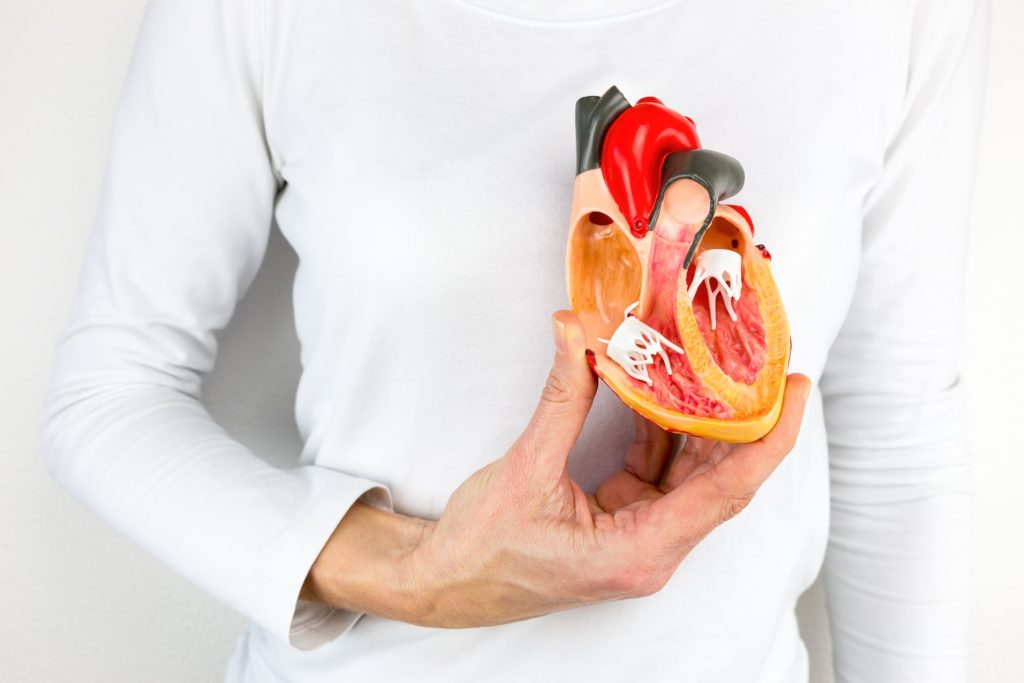What would you wish for to improve the management of patients with cardiovascular disease and diabetes? We asked each of the Clinical Directors, who lead the NHS for these conditions nationally: “Right now, if I had one wish, and it could ensure that every primary care nurse did one thing in diabetes / stroke / kidney / cardiac care it would be …” Read what they told us:























